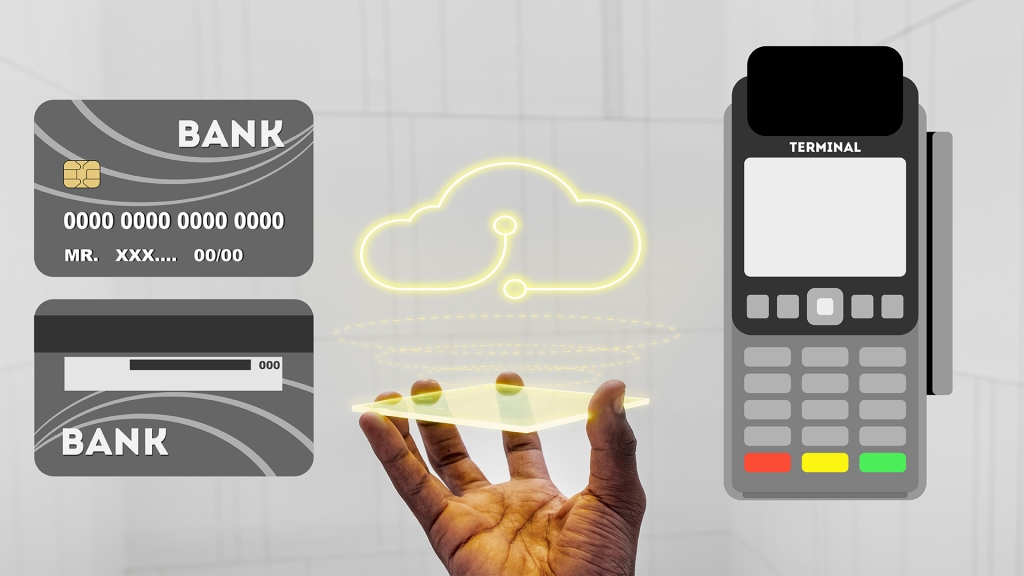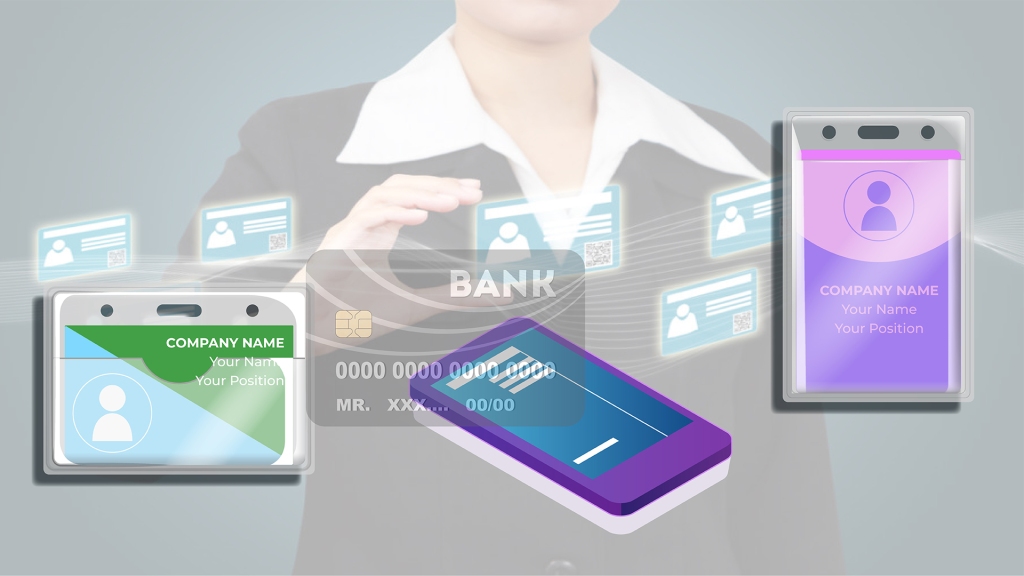As Siddharth Mehta, Religare, former director says, “Digitalization eases every single work be it related to professional or personal and Virtual cards the one plays a significant role in it”.
If you don’t know about the Virtual card, you should google it, or let me help you know it and its benefits. An online hosted, digital virtual version of any plastic card or a general identifying mechanism in identity management is known as a virtual card, digital card, or cloud card. Modern substitutes for secure and convenient spending include virtual credit and debit cards. These mobile payment options eliminate the need for actual cards by enabling customers to make purchases using their phones instead.
In order to address the rising need for digital, contactless commercial payment—which has been exacerbated by the changing nature of work and company costs during the pandemic and the growth of the work-from-home economy—virtual cards intend to provide no-contact digital payment options. Greater financial inclusion online is another goal of creating a virtual card. The spreading virus amid pandemic accelerate the usage of these virtual cards that is praised by many businessmen and organization including Siddharth Mehta, Religare’s former director.

Financial services organizations who want to compete in the market are particularly fond of virtual cards. They nonetheless also help companies in other industries.
One of the main advantages of virtual cards is their ease. Physical cards are not as convenient as it is. Without having to deal with the trouble of giving around a business card, these solutions enable consumers to quickly and easily make payments using their phones. The cards’ mobile component also streamlines and improves online buying for companies while safeguarding customer information.
Virtual cards safeguard users’ personally identifiable information (PII) by limiting the amount revealed when they make transactions. Both physical and digital cards are connected to the user’s primary credit or debit account. By encrypting account numbers and generating a random sequence or token that consumers may use to make one-time payments, these mobile solutions tokenize data.
Virtual cards also do not have magnetic strips or visible card numbers, which makes it more difficult for outsiders to access an account. In order to access accounts, many digital cards additionally need pin numbers or facial scans from users. However, customers may easily freeze their accounts to stop fraudulent activity at the source if any digital card is compromised.
Users of virtual cards may set spending caps and decide which merchants to utilize to make purchases. These safeguards encourage employees to use business assets responsibly and defend accounts from hackers. Many digital cards also provide cardholders the option of choosing a date for card closure or setting the card to terminate automatically after one payment.
Users can use digital cards to handle the internet subscriptions for their business. Users may create virtual cards for certain subscriptions, check to see whether the retailer has overcharged, and cancel the card as necessary without having to change their payment details for every seller. By erasing the card altogether, users of mobile cards can avoid the trouble of canceling a subscription.

Leave a comment